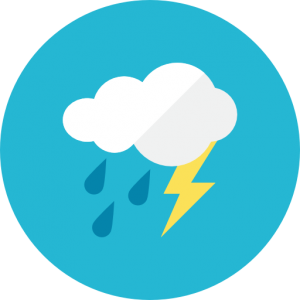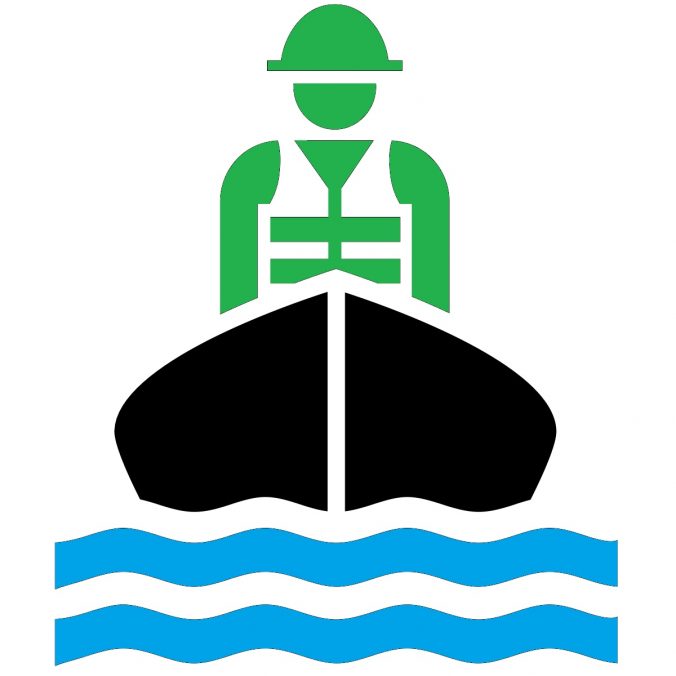The 2017 U.S. Atlantic hurricane season is officially the most expensive ever, amounting to $202.6 billion in damages across the Atlantic basin. This record-breaking hurricane season brought some of the most catastrophic storms in recent memory. As Hurricane Katrina reshaped New Orleans in 2005, the destruction induced by Harvey, Irma, and Maria will have lasting consequences for cities and towns in Texas, Florida, and Puerto Rico. The devastation is likely to be even more long-lasting for many of the hardest hit small islands across the Caribbean. And hurricanes are not the only natural disasters with a hefty price tag; drought, freezing temperatures, severe storms, wildfires, and winter storms cause billions of dollars in damages every year.
As a result of rapid urbanization, climate change, and increases in population and material wealth continue to mount, municipalities are becoming extremely vulnerable to natural disasters, making it necessary for local governments to become more resilient to catastrophes. Natural disaster resiliency often focuses on the built environment and hazard mitigation, but what about weathering the storm from a financial perspective? The following tips can help a local government be financially resilient in the face of a natural disaster: Continue reading







